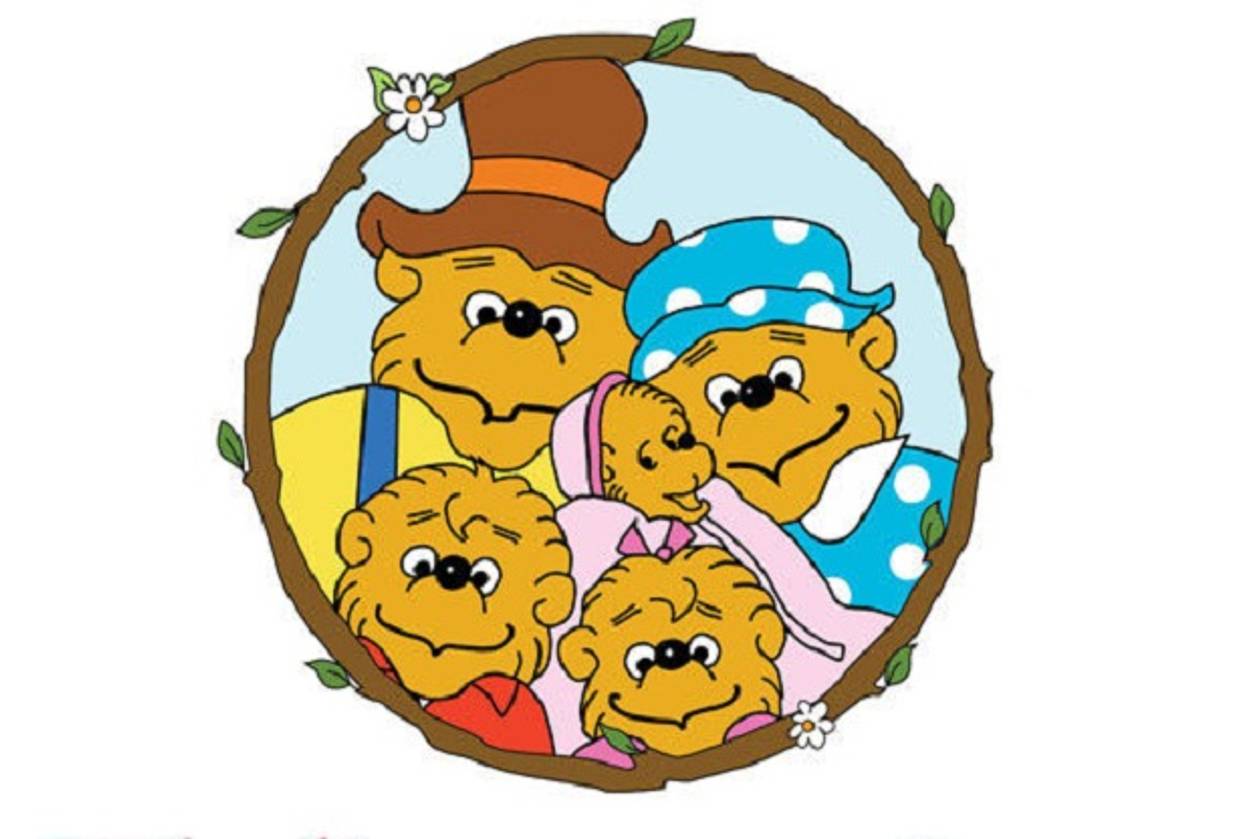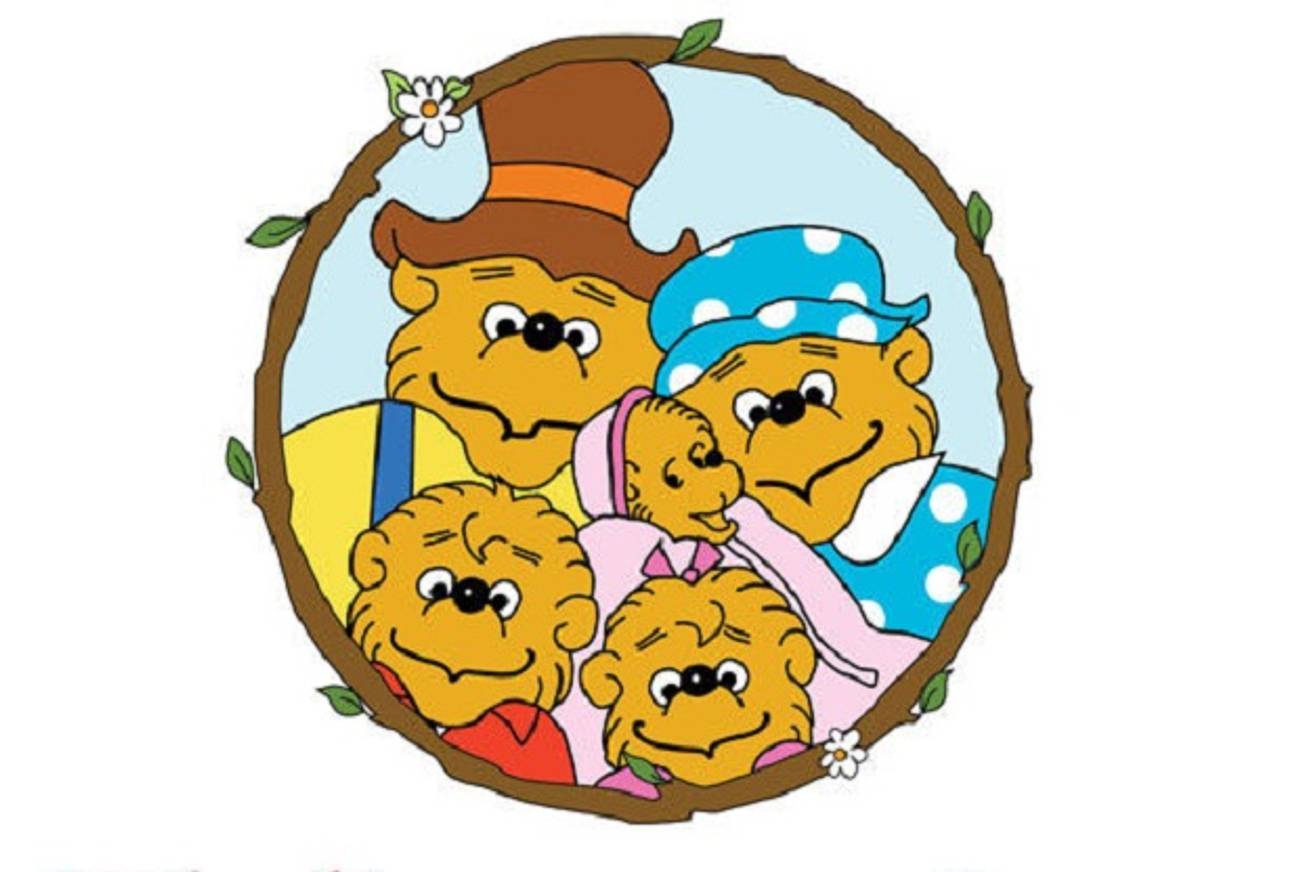What Dr. Seuss Taught the Berenstain Bears
The relationship between two titans of children’s publishing




I always imagined that if Theodor Geisel–the real name behind Dr. Seuss–were to ever issue writing advice it would be in a whimsical rhyming form that would ultimately offend and disappoint the student:
Make your wild creatures human/or else crises will be looming
Always keep your verbs intact/never let them contract/said the blue man with red cataracts
Use great many details/so you won’t end up in retail
As it turns out, Geisel gave some pretty lucid and useful advice to Stan and Jan Berenstain–creators of the Berenstain Bears–as they were putting together their first book “The Big Honey Hunt.”
1. Seuss encouraged the aspiring writers “to see the lumbering creatures as real people, asking such pointed questions as ‘Who are these bears? What are they about? What does Papa do for a living? What kind of pipe tobacco does he smoke?’”
2. He also criticized the writing: “the sentences were too long, there were too many contractions.”
3. Suess added that he thought “the Berenstains used too many ‘female rhymes’ (meaning a rhyme that ends in a soft sound, like you/through, while a ‘male’ rhyme ends with a hard consonant, like mat/hat).”
4. Seuss concluded: “The story had to be a page-turner to keep children’s ‘eyeballs glued to the page.’”
Not bad advice. Dozens of books later, the Berenstains are now synonymous with both childhood and the psychology of birth order, the latter of which Dr. Seuss probably never saw coming. Can’t win ’em all doc.
How Dr. Seuss Helped the Berenstein Bears [GalleyCat]
Adam Chandler was previously a staff writer at Tablet. His work has appeared in the New York Times, the Wall Street Journal, the Atlantic, Slate, Esquire, New York, and elsewhere. He tweets @allmychandler.